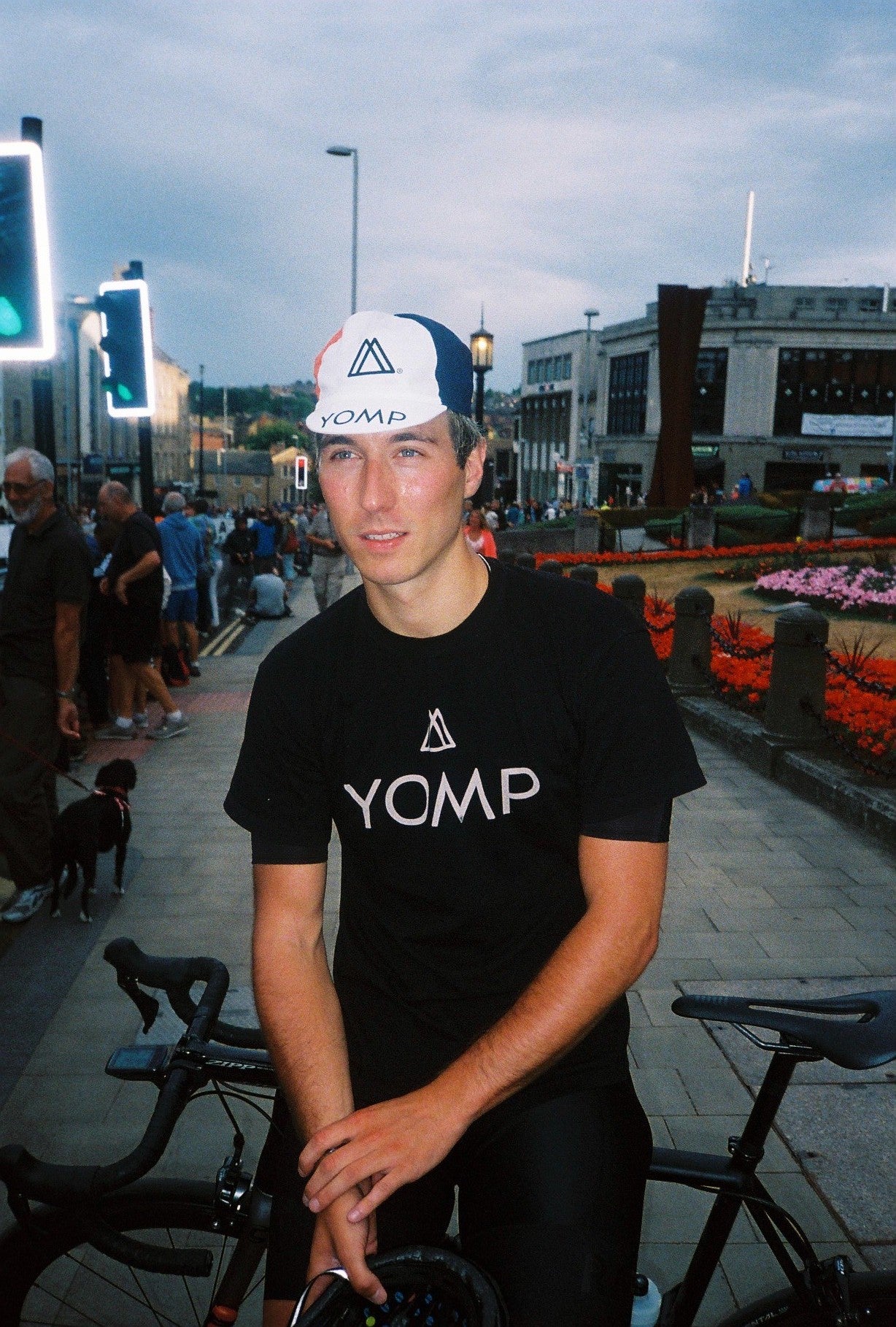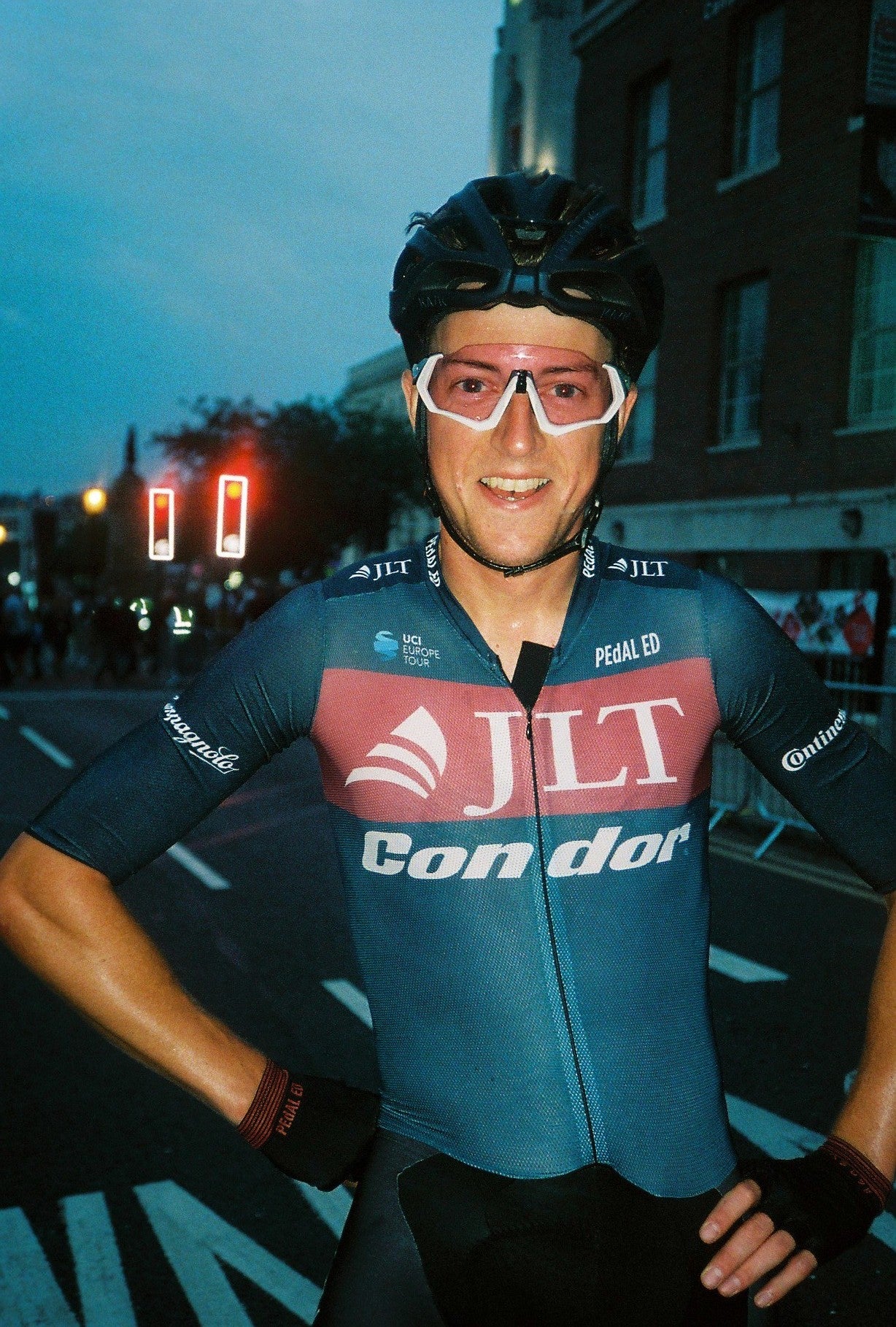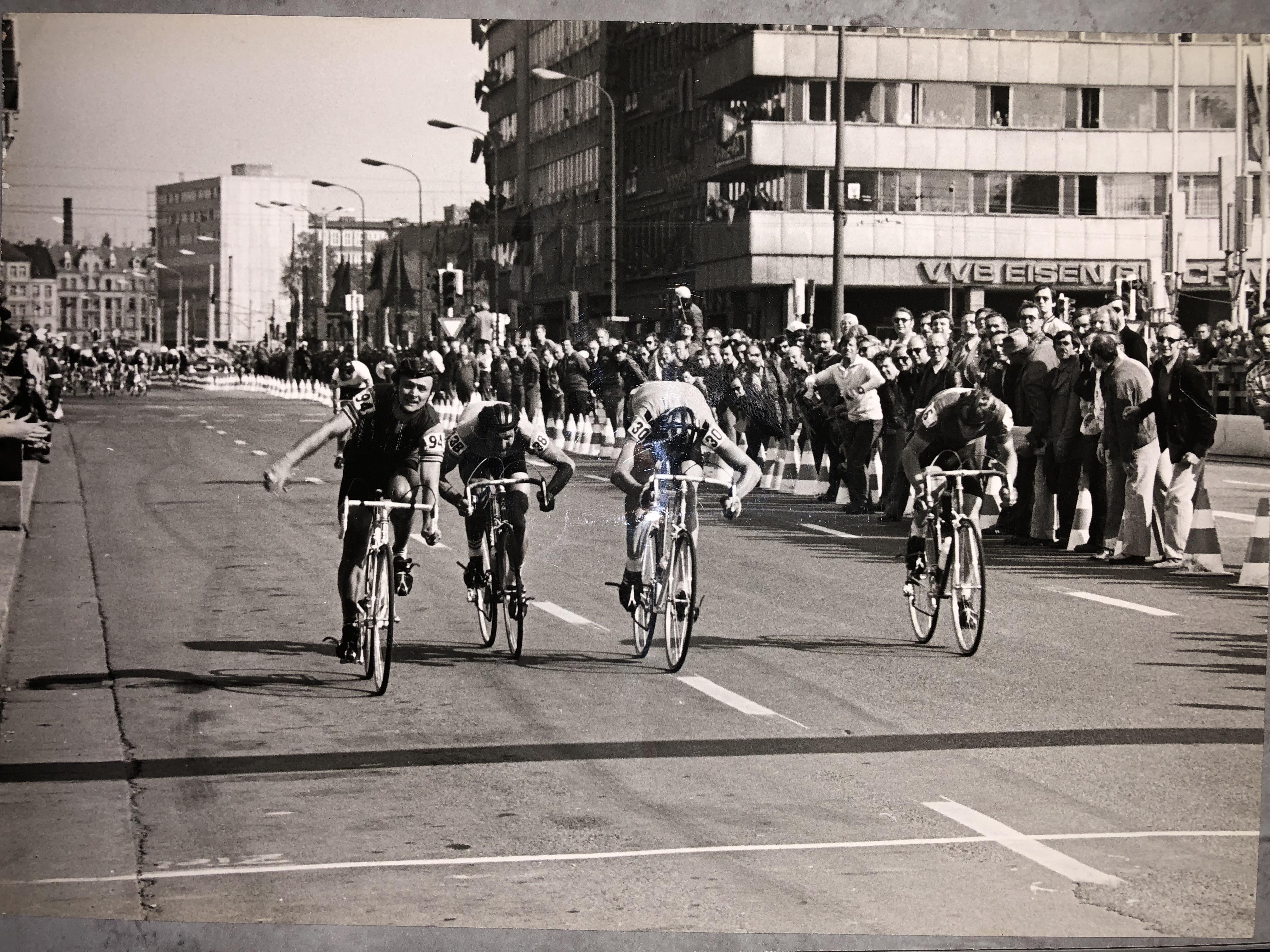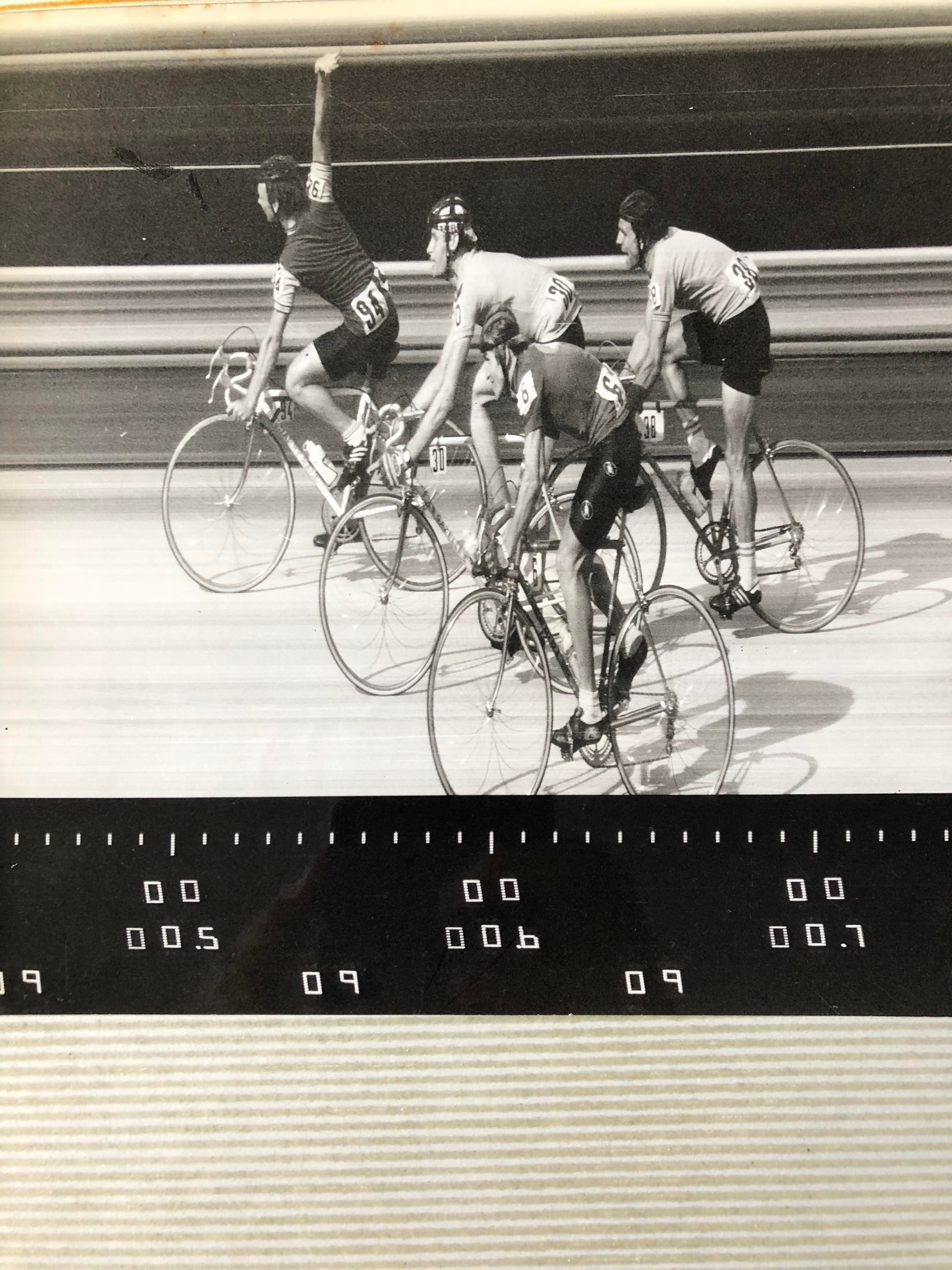A Review // A Thank You ~ 2018
What a year 2018 has been!
We have manufactured x77 products in total this year including x3 cycling kits, and a running kit.
Celebrated our 5th year anniversary with the production of a golden chip-fork!
Manufactured hats inspired by British ornithology, trains, ships, buses and mountaineers.
Appeared on national television to discuss the Brexit referendum.
Opened the doors to our Sheffield showroom which has undergone a year-long renovation, situated in a building steeped in local manufacturing history.
We’ve collaborated with a number of UK brands, making small runs of products including the perfect bike with our Sheffield friends at Field Cycles.







On a personal note, I would just like to thank all our customers and followers for your support and kind words in what has been an amazing year for Mamnick. I am proud to have done the majority of the above in the UK. I strongly believe with the help of our supporters we have built the foundations of an authentic British brand - with equal amounts of integrity and honesty, but always with tongue firmly in cheek - something which sets us apart in an extremely competitive market.
I’ve had the pleasure of chatting with so many supporters this year both in person and online, all of which have filled me with optimism and excitement for the future of the brand. I couldn’t do what I do without you and I am truly grateful for all your continued support and kind words.
Looking forward to the 2019 already!
Keep Yompin! (and watch out for the them Squids!)






Thom Barnett
Brand founder // CEO
“One thing at a time, as beautiful as possible”
Continue reading











































































